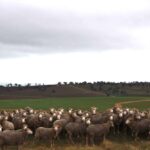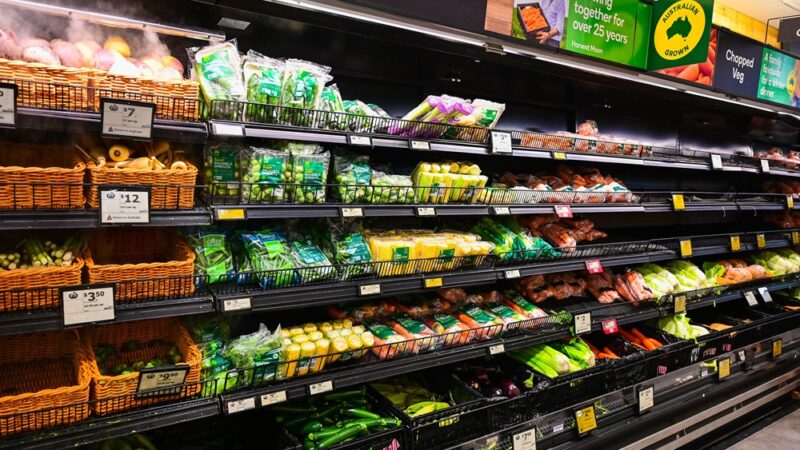When Australians were forced to close their doors on the outside world and isolate themselves…
Australia’s lavender industry is booming
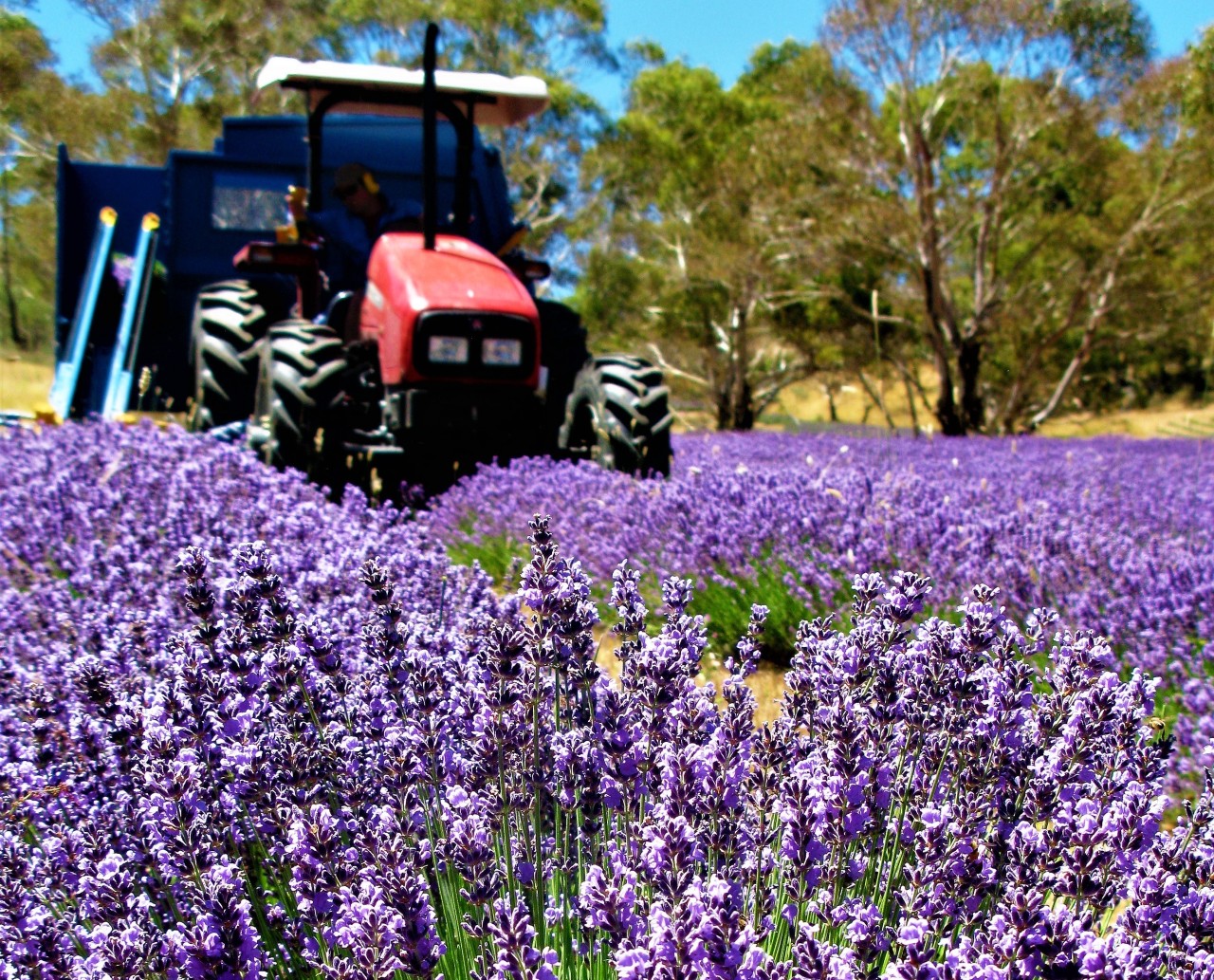
Lavender is a herb with a particular reputation – it’s soothing smell is often associated with hugs from grandma, antique linens and bowls of potpourri in stately homes. While comforting, there’s no point denying that lavender often conjures up one word – ‘old’.
So in an age of memes, likes, and next-day deliveries, does the lavender industry have a solid future?
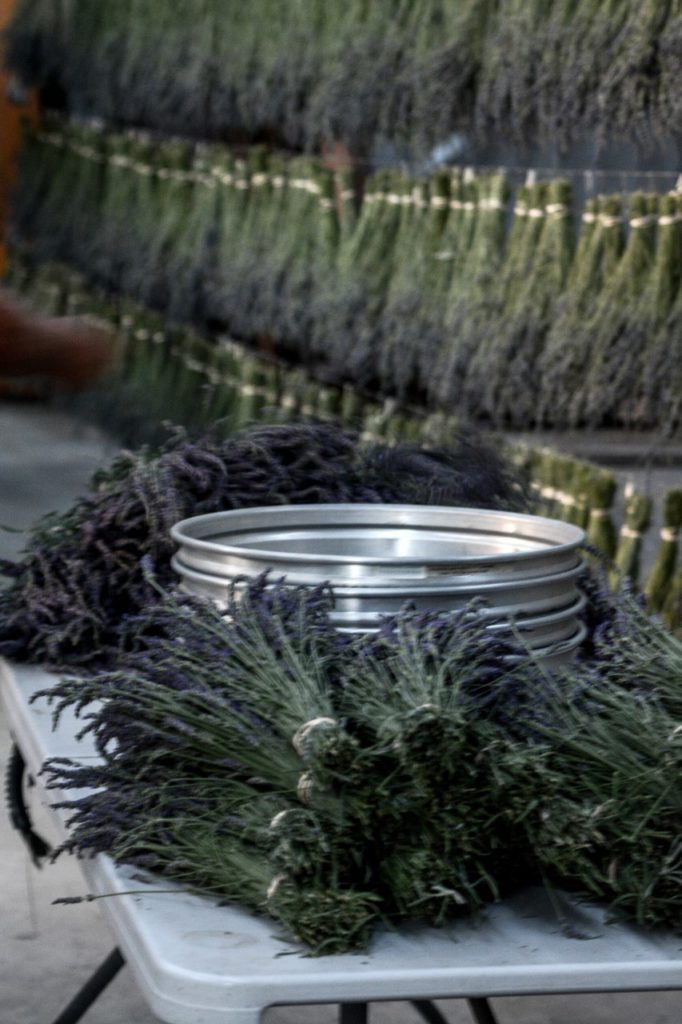
It turns out that this vibrant flowering plant has a very bright future. The global lavender oil market was expected to reach US$38 million in 2020, but due to the COVID-19 crisis, that figure has been revised upwards to US$54 million – a milestone it wasn’t supposed to meet until 2027. Due to its calming properties during these times of high, and prolonged, stress, Australian lavender farms have seen a huge surge in their online sales.
“What started as a cottage industry is now becoming more commercial,” explains Fiona Glover, Secretary of The Australian Lavenders Growers Association Inc. (TALGA).
“New farms are being established across the country on a larger scale than in previous years. Some farms are opening to tourists with a cafe and shop, whilst others are developing large scale farms for oil production.”
The demand for Australian lavender oil is 50 tons per year, but the country is a net importer, so there is definitely room for domestic producers to scale up production. The Australian Government believes enough in the industry’s growth that its AgriFutures Emerging Industry Program announced in September that it’s investing in a five-year research project to understand how to optimise lavender production across the country. The program only invests in rural industries it believes can reach, or exceed, AU$10 million in revenue by 2022.
“TALGA has received many enquiries this year about planting lavender in NSW,” says Glover.
“From the Upper Hunter Valley across to the coast, these regions vary widely in their soils, temperatures and climate and this will affect the variety of lavender grown, and TALGA can offer support and advice.”
With the industry ready to take a big leap forward, we spoke to three NSW farmers about their current challenges and future opportunities.
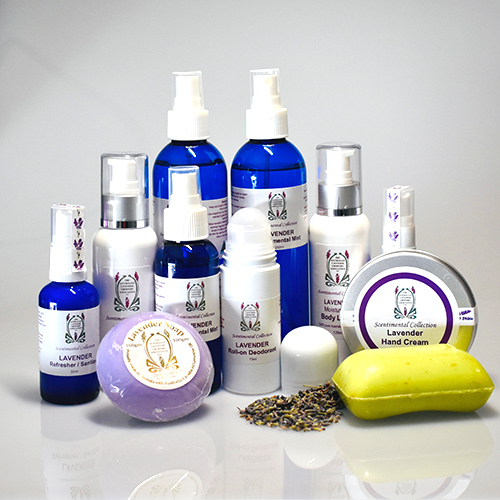
Sharon Bailey, Little Willow Lavender, Willow Tree, NSW
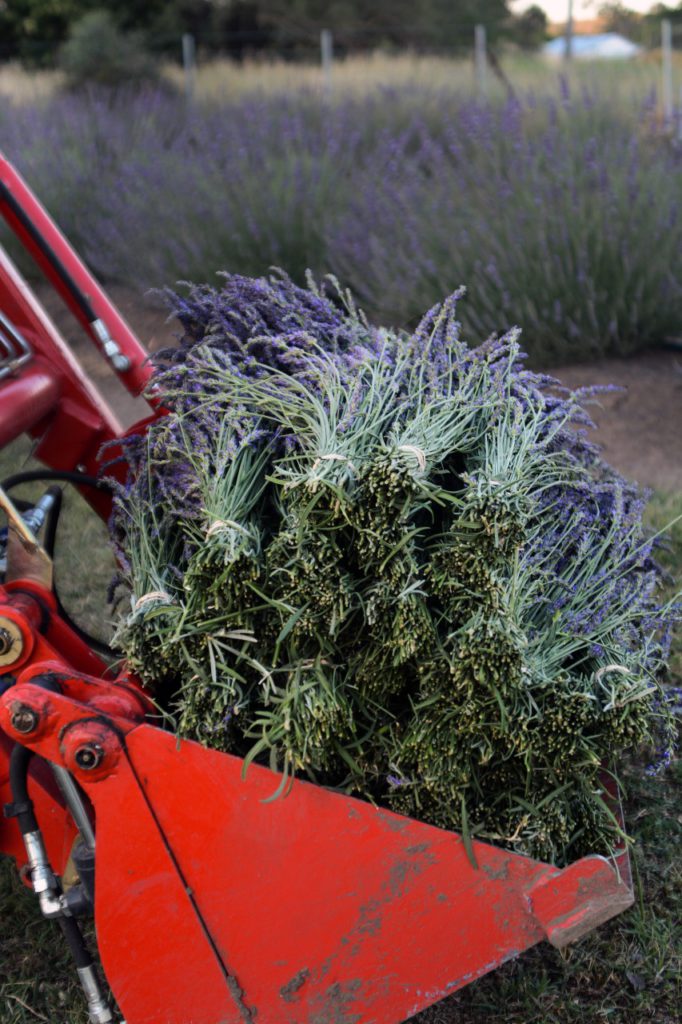
We planted our first section in 2014 and, after the drought, we are now replanting our fields with lavenders propagated from our surviving plants. We are also taking the opportunity to trial a few different varieties with a much longer flowering season, so visitors can enjoy the fields when visiting our farm shop. We also plan to produce our own product line, open a cafe on the farm and hold events.
At the start of 2020 we experienced a drought never before seen in our region and we lost most of our crop in one month – five years of hard work just gone. Lavender, thankfully, lasts for many years as a dried product. Then COVID hit, but online sales have been steady since as people are turning to lavender for the calming benefits.
In the five years since we first planted we have been contacted by businesses overseas interested in having us supply product. Moving forward we expect worldwide interest to increase. When we attended our first Australian Lavender Conference in March 2019 it was interesting to see the number of younger generations starting in the industry.
Sharon Goldsworthy, Snowy River Lavender, Avonside, NSW
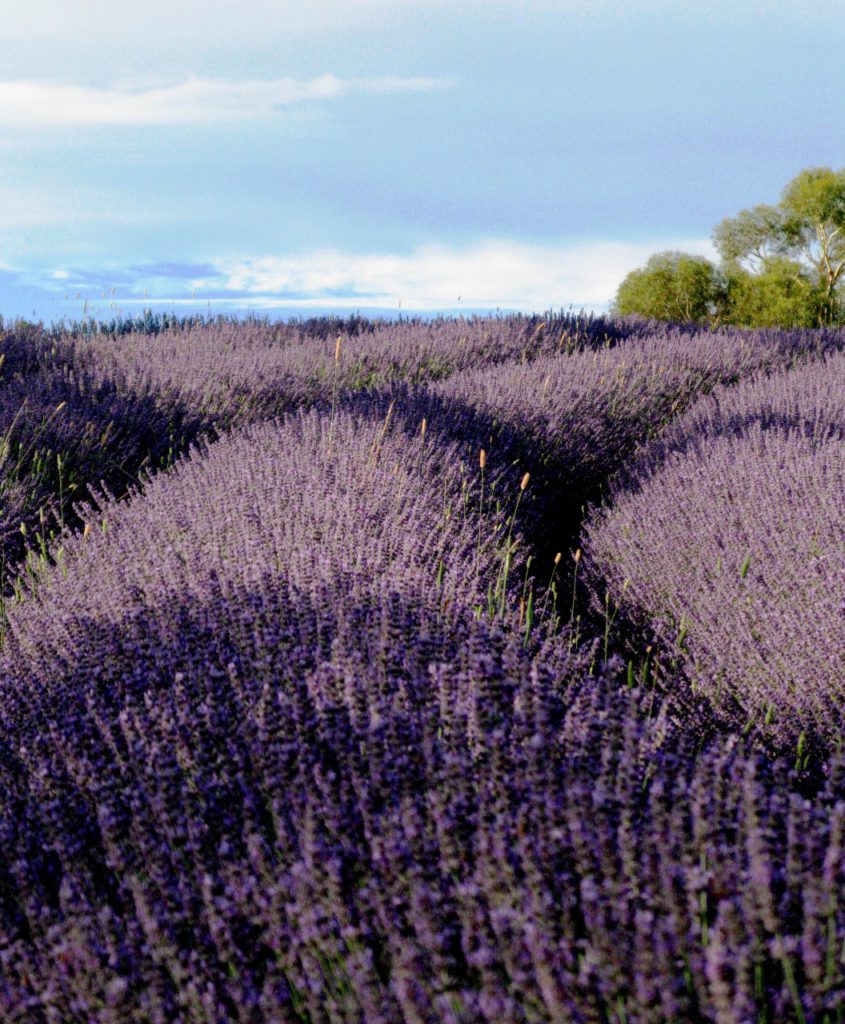
We are a boutique operation with a 50 acre planting. We direct sell to clients and do not seek to bulk on-sell or wholesale our essential oils. Our interest is in regenerative and ecological agriculture and how lavender and other aromatic plants can assist in increasing the fertility of the land we farm while also bringing in a farm income.
Climate change and its varying impacts on the seasons is definitely an issue that has increased over the 20 years we have been growing lavender.
Agritourism is a big opportunity, and the direct selling of our products through our own retail facilities, both on-farm and online.
Louise Bickerton, Blue Mountains Lavender Farm, Little Hartley, NSW
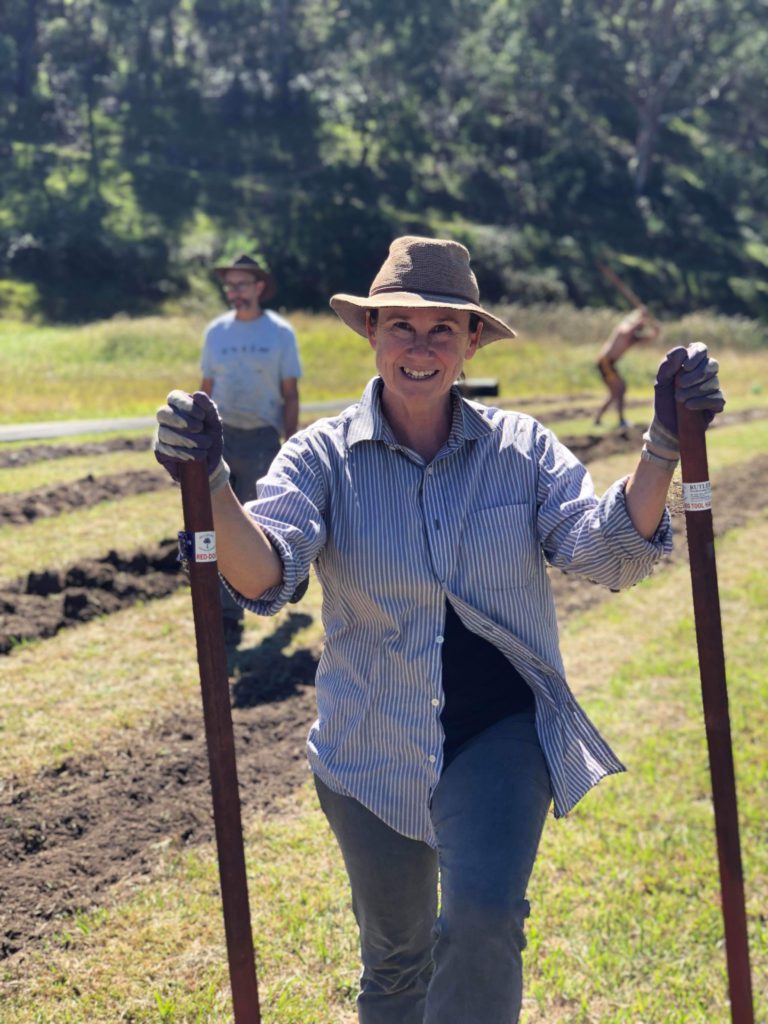
We planted our first lavender varieties in November 2018 and subsequent plantings in 2019 struggled as rainfall dropped to historic lows. Although lavender is one tough herb, it still needs regular water during the early years. My business plan has been critical and with the launch of our online product range soon, including body care, lifestyle and sleep aid lavender products, I am optimistic of a positive reaction.
There are two main challenges – longer, hotter, drier seasons with unpredictable and severe weather events, and the lack of experienced specialist lavender tube stock suppliers who can guarantee quantities required for large scale commercial enterprises.
There is huge scope for the lavender industry in Australia to expand production and increase our share of supply of lavender oil to world markets. Lavender is a specialty high-value crop, just like wine grapes and olive oil, but it is still mainly a cottage industry in Australia. But, it is also an industry where smaller artisan farms, like ourselves, can contribute to regional diversity and retail product offerings that are highly attractive to tourists.
Five fun facts about lavender
- Lavender originates from the Mediterranean region
- Lavender derives its name from the Latin ‘lavare’ meaning ‘to wash”
- The history of lavender dates back 2,500 years
- The ancient Greeks called Lavender ‘nardus’, and it was one of the holy herbs used to prepare the Holy Essence
- Lavender is part of the mint family
If you enjoyed this feature, you might like our story on the garlic industry.



